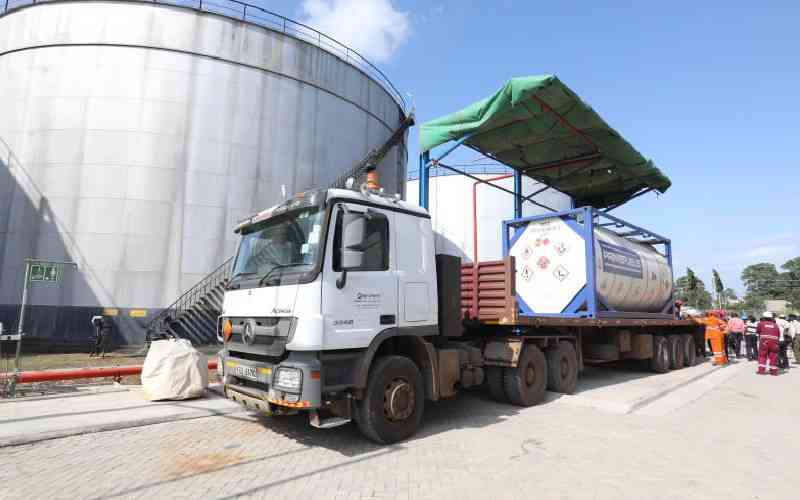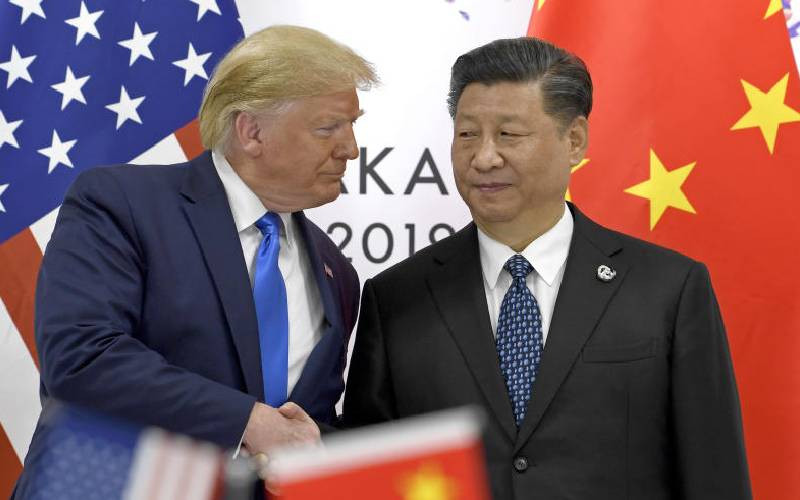×
The Standard e-Paper
Fearless, Trusted News

There have been recent articles comparing Kenya's economy to that of Ghana which was placed in default in December 2022.
What is a default for a country? A sovereign default occurs when a country fails to pay back its loan. The International Monetary Fund (IMF) defines default as a breach of contract or broken promise. Sri Lanka is the latest addition to the list of defaulters.






